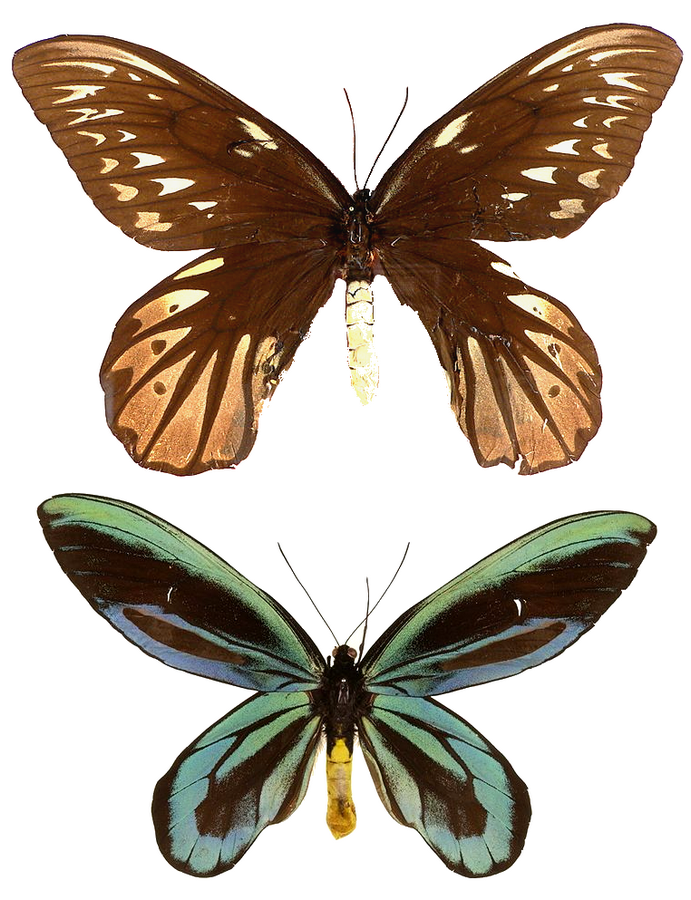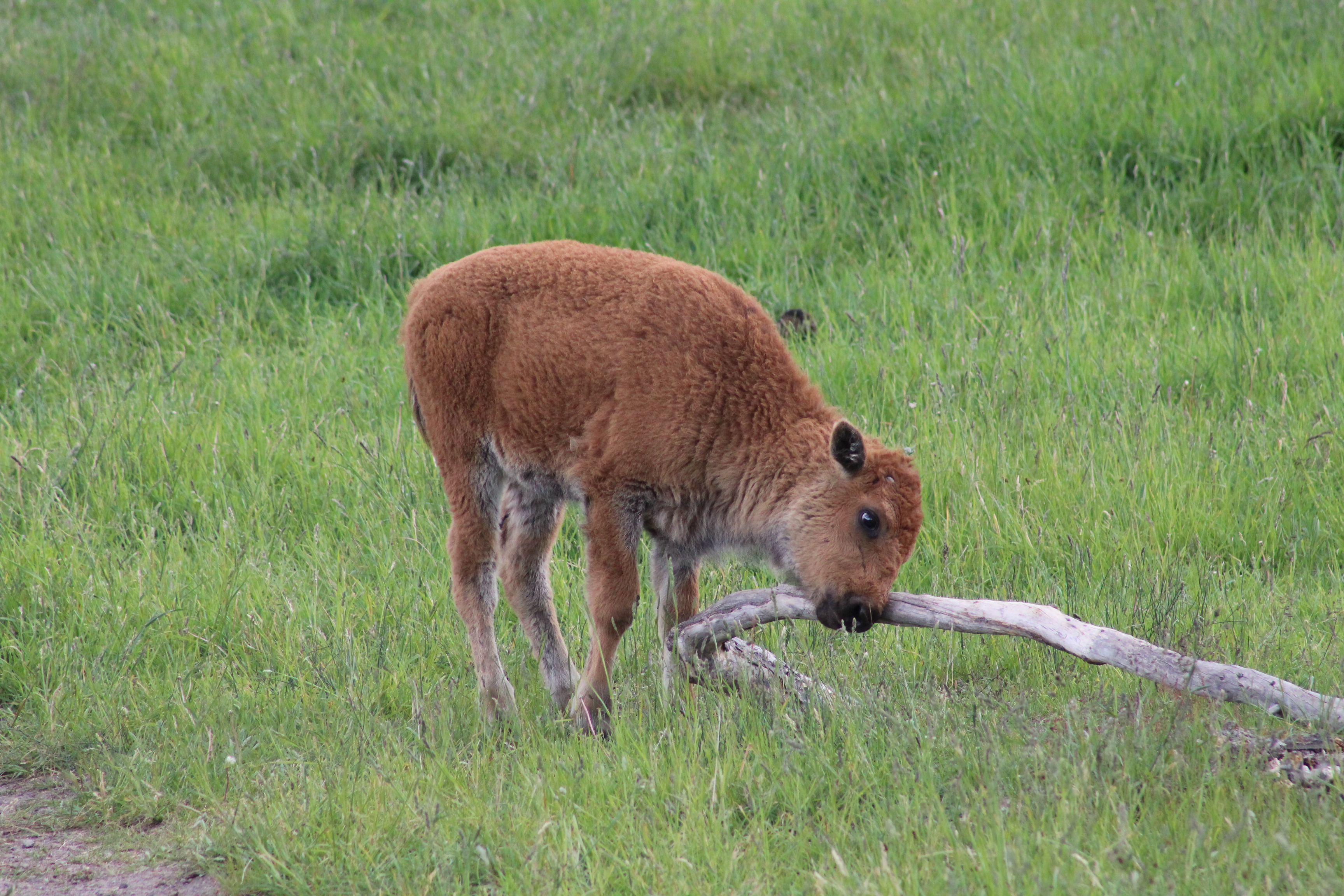Twenty-three years ago I was living in a very unique place in the United States, Mosca, Colorado, home to the largest pile of sand.
 |
| Great Sand Dunes National Park photo by NPS |
|
|
Back when I worked there as an intern it was just a National Monument which after the addition of land which use to be a working ranch it is not Great Sand Dunes National Park and Wilderness Preserve and it should be on your bucket list of places to visit before you die. It is about 8 hours south east of Denver, Colorado and approximately half and hour north of Taos, New Mexico. Why visit you might ask well, there is tons of wildlife to see, cool looking insects which only climb around on the dunes at night, and the highest point of the dune field stands a staggering 755 feet tall. Also if you hit the park at just the right time of the year you can body surf along Medano Creek. Trust me it's a fun time.
 |
| Kids surfing Medano Creek photo by NPS |
|
|
|
|
Ok, by now you are probably wondering where the cat litter boxes come in. One afternoon I had just gotten done giving the afternoon terrace talk and was standing there answering questions; one of the most common being what can you use this sand for? the answer to that question from a commercial perspective is nothing. The sand after tumbling across the dry river valley for years and years has become very rounded making it useless for concrete and there is something about it but I can't remember what that makes it unfit for glass production. This guy walks up to me and says "how many cat littler boxes could you fill with that? I turned to him thought for a second and replied I have no idea. I meant to sit down and figure out this answer before the season ended, but sadly between writing papers for college and doing everything needed for my internship something had to give. Also I HATE math. Really, I do with a passion of 10,000 fiery suns. There are those occasions where I will sit down and do math to figure out something. For example, in 2013 I figured out how many years it would take for all the of the water in Lake McDonald to completely change. Answer 2.5 years on average. (If you want to know how to figure that out send me an email and I'll let you know.)
I am pretty sure that kids in the United States would be much better at math if we gave them math problems like the cat litter box and how long does it take for all the water in Lake McDonald to completely change instead of asking if train A is traveling 25mph headed towards train B which is traveling 65mph how long would it take before they collide.
Ok, so what do we need to know to answer the cat litter box question?
1) The volume of a cat litter box.
Wow, who knew there were so many cat litter box styles!? Using just the open top cat
litter boxes found on this
website I sat down and averaged the volume of seven different open topped litter boxes. Answer= 3,320 cubic inches
2) Volume of sand contained in the sand dunes.
Truth be told this is the point where I thought the math was going to push me over
"The large, main dunefield covers approximately 30 square miles, but
there are
many more square miles of smaller dunes in the sand sheet
surrounding the main
dunefield. At the widest point, the main dunefield
runs six miles and at the greatest
length, eight miles."
Oh, sure how the heck to do calculate that? There must be an easier answer so, back to
the Google! Bingo!!! Thank you once again Andrew Valdez! In his post on the park
website he answers just this question: 4.8 billion cubic meters.
Now I have all the information I need. All I have to do first is determine how many cubic inches there are in a 4.8 billion cubic meters of sand. Answer if I have converted correctly
1 cubic meter = 61,023.7 cubic inches
292,913,760,000,000 cubic inches
Dividing our cat litter box average into the above giant number gives us.....drum roll........
88,227,036,144.57831 Cat litter boxes that can be filled using the sand found at Great Sand Dunes.
HOWEVER, this is not accurate I don't think. Taking a quick poll of some cat loving friends of mine on Facebook this morning I found out that most of them put between 3-5 inches of litter in the bottom of the kitty box, so the above number might be a little small. I need a new average for the cubic volume of the cat litter box because the above number assumes we are filling the box to the TOP with sand. Adjusting the height of the cat litter boxes to be between 3-5 inches I redid the math. New volume average: 1,566.3 cubic inches. This means there is
187,007,852,901.743 Cat litter boxes worth of sand.
Ok, my head hurts from all this math I'm gonna go read a book.
If you happen to be a mathematician and determine that my answer it wrong PLEASE send the correct answer. I will not be offended after all I stink at math.













